Deciding when to remove a skin tag or mole can be tricky, especially if you’re unsure about the signs to watch for. If you notice changes in size, colour, or shape, it might be time to reflect on removal. These changes would indicate potential health concerns. On the other hand, if a lesion causes irritation, discomfort, or affects your self-esteem, seeking removal could improve your quality of life. Regular self-examinations and consultations with a dermatologist are essential. But how do you know which professional removal methods are right for you? Let’s explore your options.
Key Takeaways
– Removal is advised if the mole or skin tag shows rapid growth or significant size changes.
– Consider removal if the lesion changes colour, especially if it turns dark or multi-colored.
– Seek medical evaluation if the skin tag or mole bleeds or oozes without apparent cause.
– Persistent itching, pain, or irritation from the lesion indicates it may need to be removed.
– A mole with irregular shape or asymmetrical borders should be examined and potentially removed.
Cosmetic Reasons
Considering the cosmetic reasons for removing a skin tag or mole, it’s essential to understand the impact on one’s self-esteem and appearance.
Skin aesthetics play a significant role in how individuals perceive themselves and are perceived by others. If a skin tag or mole is located in a prominent area such as the face or neck, it can lead to self-consciousness, affecting social interactions and confidence levels.
Cosmetic procedures aimed at removing these skin imperfections are generally safe and effective. Techniques such as cryotherapy, laser removal, and surgical excision are commonly used.
These methods not only improve skin aesthetics but also provide lasting results with minimal scarring. Clinical studies have shown that individuals who undergo these procedures often experience a boost in self-esteem and overall satisfaction with their appearance.
It’s important to consult with a dermatologist to assess the best method for removal based on the size, location, and type of skin tag or mole.
This guarantees that the procedure is tailored to your specific needs, maximising both cosmetic and psychological benefits. By addressing these concerns through professional cosmetic procedures, you can enhance your skin aesthetics and overall quality of life.
Irritation and Discomfort
While cosmetic reasons play an important role in the decision to remove a skin tag or mole, irritation and discomfort often necessitate medical intervention. Friction from clothing, jewellery, or even daily activities can exacerbate these skin lesions, leading to inflammation and potential secondary infections. When you experience persistent irritation, it’s essential to consult a healthcare provider to discuss removal options.
Self care practices are vital in managing irritated skin tags or moles. Applying a gentle, non-irritating moisturiser can help reduce friction and soothe the skin. Additionally, wearing loose-fitting clothing can minimise contact and irritation. However, these measures might only offer temporary relief.
Chronic discomfort or irritation can greatly impact your overall skin health. Prolonged inflammation not only causes pain but also increases the risk of infection. If you notice that a skin tag or mole consistently causes discomfort despite your self care efforts, it’s time to seek professional advice.
A dermatologist can provide evidence-based treatments such as cryotherapy, excision, or laser removal, ensuring the best outcome for your skin health.
Don’t ignore signs of irritation. Addressing these issues promptly can prevent further complications and improve your quality of life.
Changes in Size
One of the most concerning changes in a skin tag or mole is an increase in size. Monitoring changes in size progression is essential because it can be an indicator of underlying health issues, including malignancy. Clinically, a rapid or continuous increase in size warrants a thorough evaluation by a healthcare professional.
You should regularly examine your skin tags and moles, noting any size progression. Use a ruler or take pictures monthly to document any changes. If you observe considerable growth, schedule an appointment with a dermatologist. They may perform a biopsy to rule out conditions like melanoma, which presents with asymmetric borders and rapid growth.
Evidence suggests that size progression, particularly when accompanied by other symptoms like bleeding or itching, is a red flag. A study published in the Journal of the American Academy of Dermatology highlights that early detection and removal of suspicious moles can greatly improve outcomes.
Don’t ignore changes in size, even if they seem minor. Early intervention is key. By actively monitoring changes and consulting with a healthcare provider, you can guarantee timely and appropriate management, safeguarding your health.
Colour Alterations
Over time, alterations in the colour of a skin tag or mole can signal important health concerns. You should pay close attention to any changes in hue, as these could indicate underlying issues affecting your skin health.
For example, a mole that darkens or develops multiple colours, such as shades of brown, black, red, or blue, might be a red flag. These colour meanings often point to melanocytic activity, which could be benign or malignant.
Don’t ignore a mole that suddenly becomes lighter or loses pigment. This depigmentation might suggest regression, a phenomenon sometimes seen in malignant melanomas.
Clinicians use the “ABCDE” rule to assess moles: Asymmetry, Border irregularity, Color variation, Diameter over 6mm, and Evolution. Colour variation, in particular, is a vital indicator that warrants professional evaluation.
It’s essential to monitor your skin regularly and consult a dermatologist if you notice any colour changes. Early detection and intervention can greatly improve outcomes.
Shape Modifications
When a skin tag or mole starts shifting its shape, it’s time to pay attention. Shape variations can be a critical indicator of underlying health issues. While some changes might be benign, others could signal more serious conditions such as melanoma.
Here are some key points to take into account:
- Asymmetry: If one half of the mole or skin tag doesn’t match the other half, it’s a red flag. Symmetry is a sign of normalcy, whereas asymmetry often raises appearance concerns and may require further examination.
- Border irregularity: Normal moles usually have smooth, even borders. If the edges become notched, blurred, or irregular, it’s a sign that warrants medical attention.
- Diameter: Size does matter. Moles larger than 6mm, roughly the size of a pencil eraser, are more likely to be problematic. Any shape variations that include growth should be evaluated.
- Evolution: Any change in size, shape, colour, or elevation over time is a significant concern. Rapid alterations in a mole’s shape could indicate malignancy and necessitate prompt medical consultation.
Bleeding or Oozing
Bleeding or oozing from a mole or skin tag is a significant concern that shouldn’t be ignored. Such symptoms can indicate underlying issues that require medical attention. Various mole types, such as dysplastic nevi or atypical moles, are more prone to changes that could include bleeding or oozing. These changes often suggest potential malignancy, particularly melanoma, which necessitates prompt evaluation by a dermatologist.
Skin tag causes generally include friction from clothing or skin rubbing against skin, which can sometimes lead to irritation and subsequent bleeding. However, spontaneous bleeding or oozing from a skin tag without apparent cause is unusual and should be evaluated to rule out other skin conditions or infections.
If you notice a mole or skin tag that begins to bleed or ooze without any trauma, it’s vital to seek immediate medical advice. A biopsy may be recommended to ascertain the nature of these changes. Ignoring such symptoms can lead to delayed diagnosis and treatment of potentially serious conditions.
As a result, monitoring your skin for any new or evolving signs is essential in managing your overall skin health effectively.
Itching or Pain
Experiencing itching or pain in a mole or skin tag can be an alarming sign that warrants medical evaluation.
It’s vital to understand that these symptoms might indicate changes in the lesion that could be concerning. Employing proper self-examination techniques is essential to identify early warning signs and take appropriate action.
When you notice itching or pain, consider the following:
- Change in Sensation: Persistent itching or pain could suggest inflammation or irritation. Keep an eye on any new or worsening symptoms.
- Self-Examination Techniques: Regularly inspect your skin using a mirror or having a partner help to check hard-to-see areas. Note any changes in size, colour, or texture.
- Skin Care Tips: Maintain good skin hygiene and avoid scratching or picking at the mole or skin tag. Applying a gentle moisturiser can help soothe the area temporarily.
- Document Changes: Take clear, dated photographs of the lesion to track changes over time. This can be useful for medical consultations.
Medical Evaluation
A detailed medical evaluation is vital for any mole or skin tag exhibiting suspicious symptoms like itching or pain. When you consult a healthcare provider, they’ll first conduct a thorough skin assessment. This involves a visual inspection of the lesion’s size, shape, colour, and texture.
Dermatoscopic examination, a non-invasive diagnostic procedure, can provide additional clarity. It uses a specialised device to magnify and illuminate the lesion, enabling more precise evaluation.
Your physician may also recommend a biopsy, particularly if the mole or skin tag shows irregular borders, multiple colours, or rapid growth. This diagnostic procedure involves removing a small tissue sample for histopathological examination. The results can determine if the lesion is benign, dysplastic, or malignant.
Clinical guidelines suggest that timely medical evaluations can considerably improve outcomes, especially for moles that may develop into melanoma. Evidence-based practice underscores the importance of early detection and accurate diagnosis.
Professional Removal Methods
Understanding the various professional removal methods is essential for safely addressing skin tags or moles. By consulting with a dermatologist, you can explore evidence-based, clinically proven techniques tailored to your specific condition.
Here are four effective professional removal methods:
- Excision: This involves a dermatologist surgically removing the skin tag or mole using a scalpel. Local anaesthesia is typically administered to minimise discomfort. Excision is often recommended for larger moles or those suspected of malignancy.
- Laser Treatment: This method uses concentrated light beams to target and remove skin tags or moles. Laser treatment is precise, minimising damage to surrounding tissue, and is particularly effective for smaller growths. Recovery time is usually brief, and scarring is minimal.
- Cryotherapy: This involves freezing the skin tag or mole using liquid nitrogen. Cryotherapy causes the growth to fall off over time. It’s a quick procedure with minimal discomfort, but multiple sessions may be needed for complete removal.
- Electrosurgery: This technique uses high-frequency electrical currents to burn off the skin tag or mole. It’s effective for superficial lesions and provides immediate results. Local anaesthesia is used to prevent pain during the procedure.
Choosing the right method depends on the size, type, and location of the skin tag or mole. Always consult a healthcare professional for personalised advice.
Frequently Asked Questions
Can Skin Tags or Moles Be Removed at Home Safely?
You shouldn’t attempt home removal of skin tags or moles due to significant safety concerns. Clinical evidence shows that improper technique can lead to infection, scarring, or misdiagnosis. Always consult a dermatologist for professional evaluation and treatment.
Are There Any Natural Remedies for Removing Skin Tags or Moles?
Imagine a gentle touch of nature on your skin. For natural treatments, apple cider vinegar and tea tree oil are popular home remedies. Clinically, evidence on their effectiveness is limited, so consult your dermatologist before trying them.
How Can I Prevent New Skin Tags or Moles From Forming?
To prevent new skin tags or moles, adopt lifestyle changes like maintaining a healthy weight and practising diligent skin care. Evidence-based strategies include using sunscreen, avoiding friction, and monitoring skin for any changes.
Do Insurance Policies Cover Skin Tag or Mole Removal?
Imagine manoeuvring through a maze: insurance coverage for removal procedures can be complex. Often, insurers won’t cover cosmetic removals, but medically necessary procedures might be included. Always check your specific policy details to confirm what’s covered.
How Long Does the Recovery Process Take After Removal?
Your recovery timeline after skin tag or mole removal typically ranges from a few days to two weeks. Follow healing tips like keeping the area clean, avoiding sun exposure, and applying prescribed ointments to guarantee ideal healing.
Conclusion
When contemplating the removal of a skin tag or mole, think of it like catching a train on time—don’t wait for the last minute. Changes in size, colour, or shape are your signals. Similarly, discomfort, irritation, or bleeding are red flags. Regular self-examinations and consultations with a dermatologist guarantee you’re on the right track. Opt for professional removal methods for best results. Your skin’s health isn’t just skin-deep; it reflects your overall well-being.




